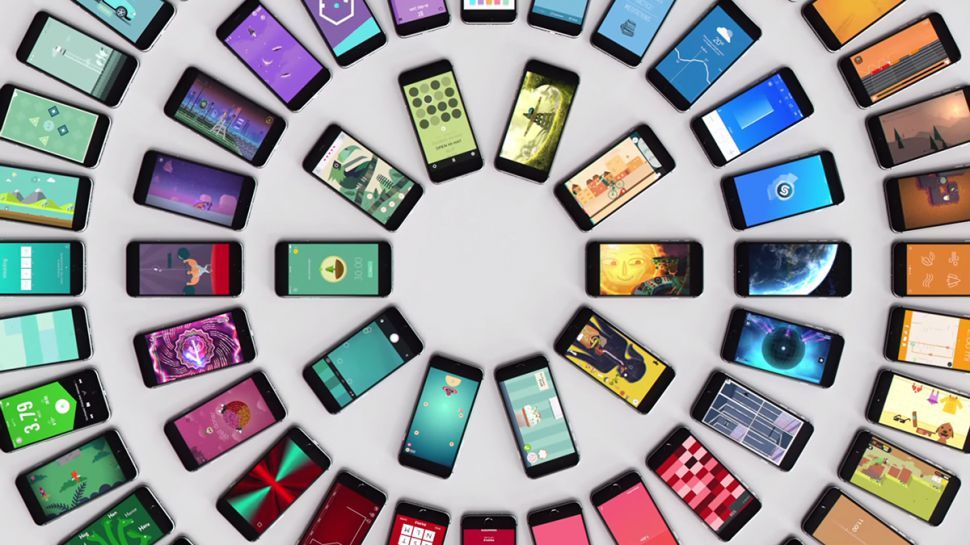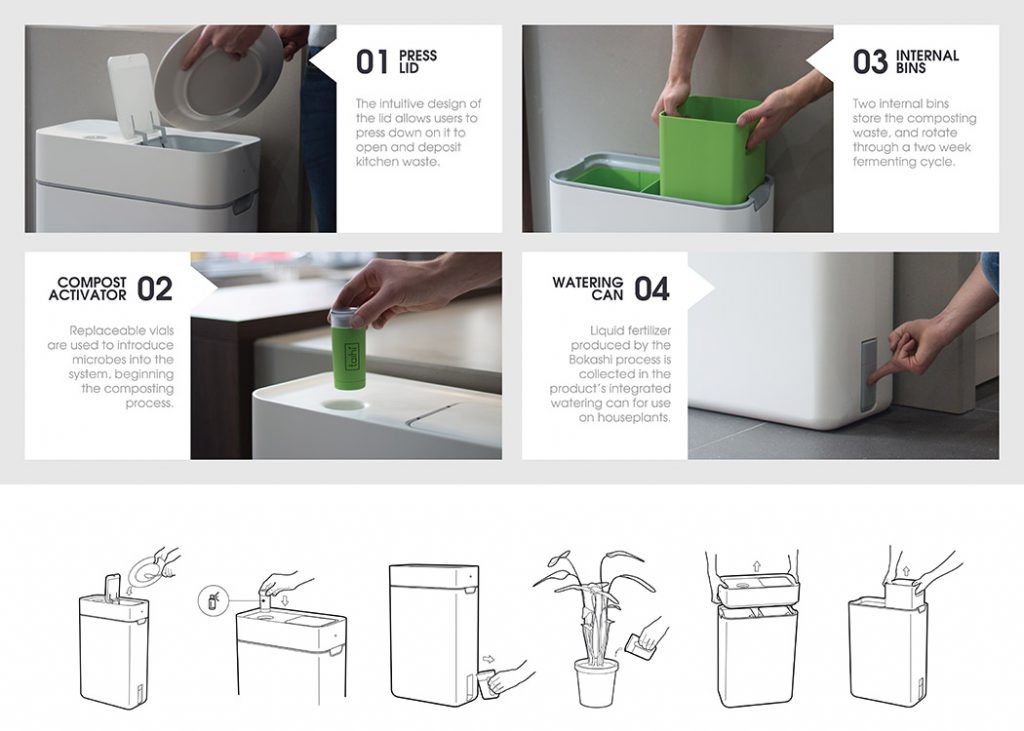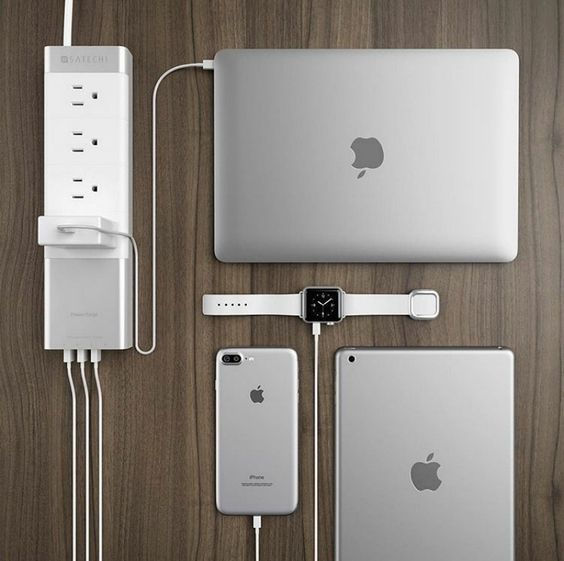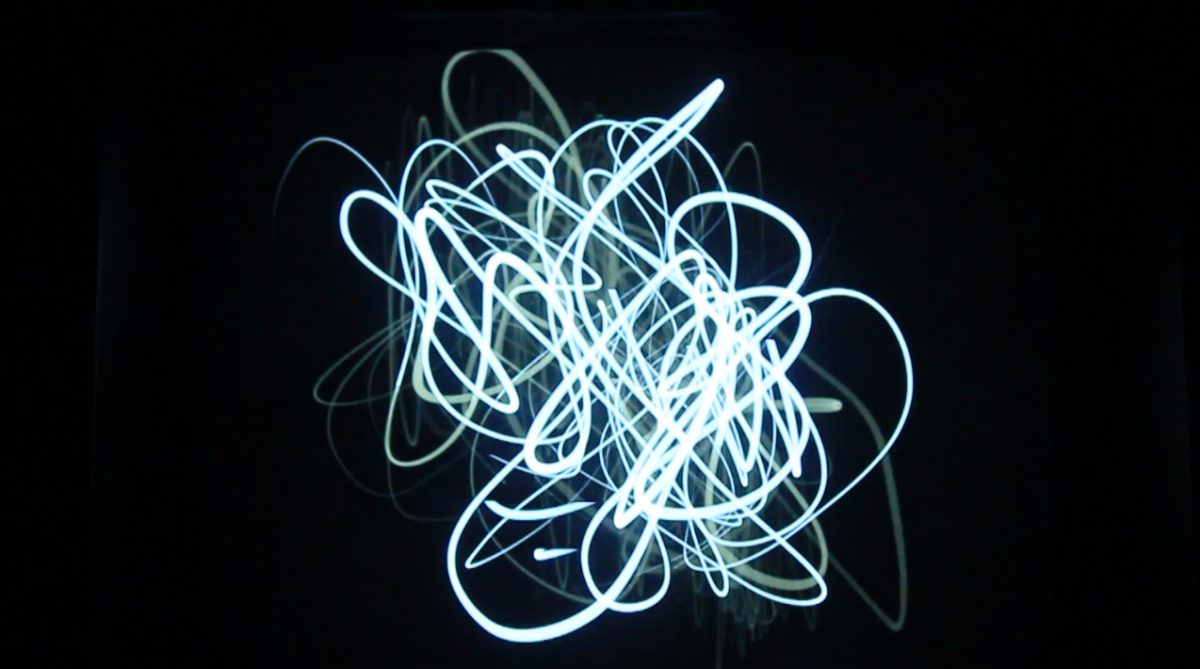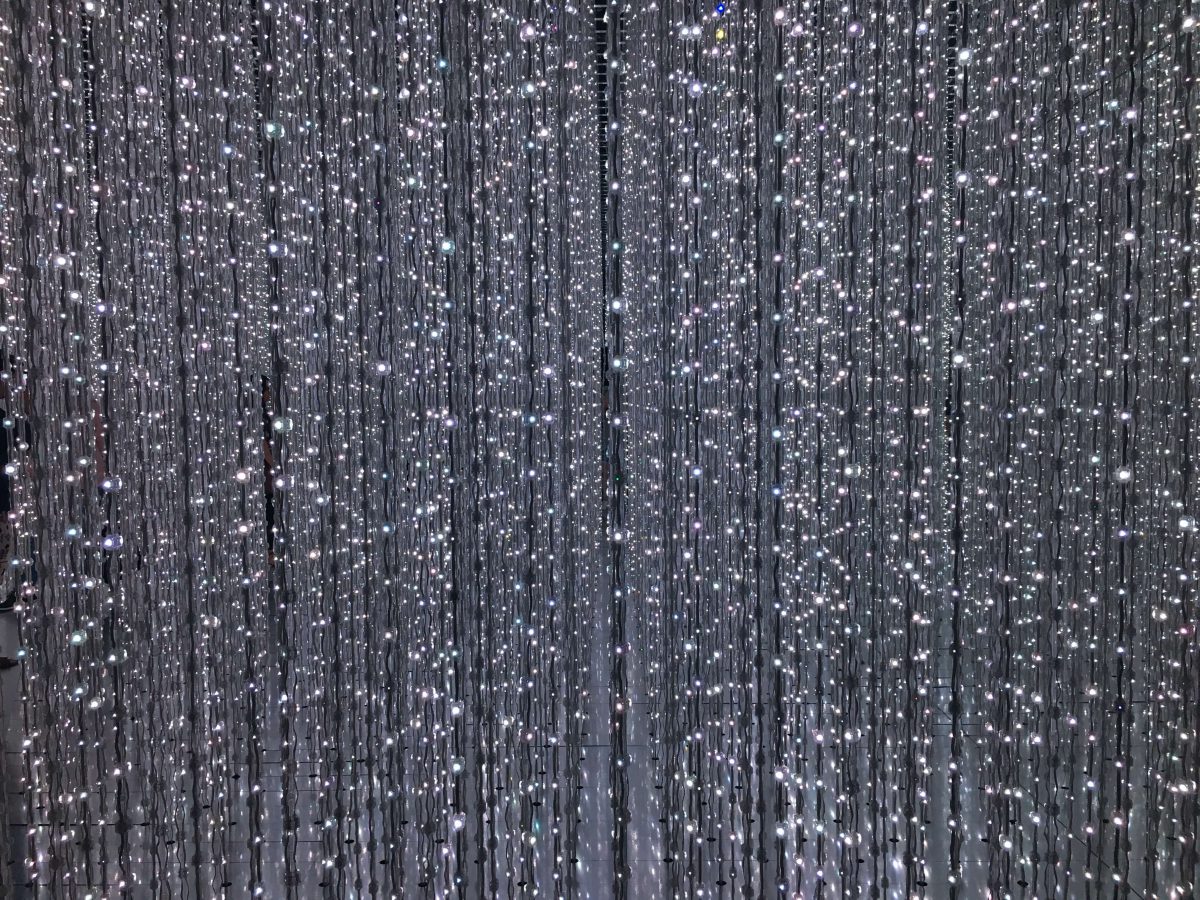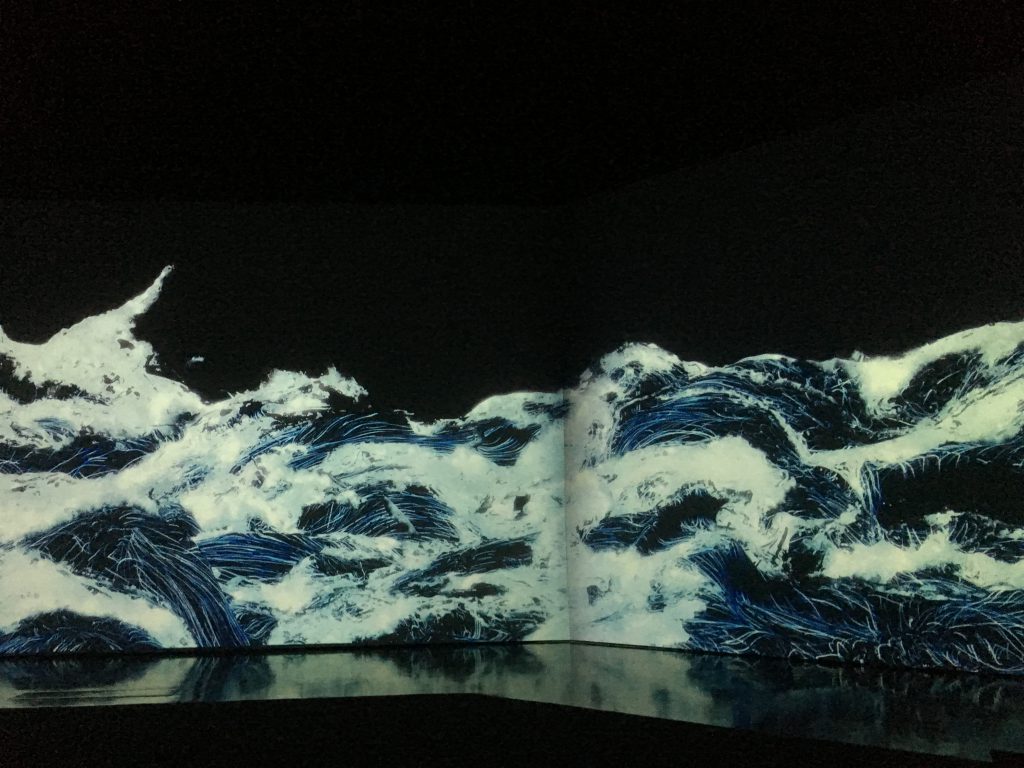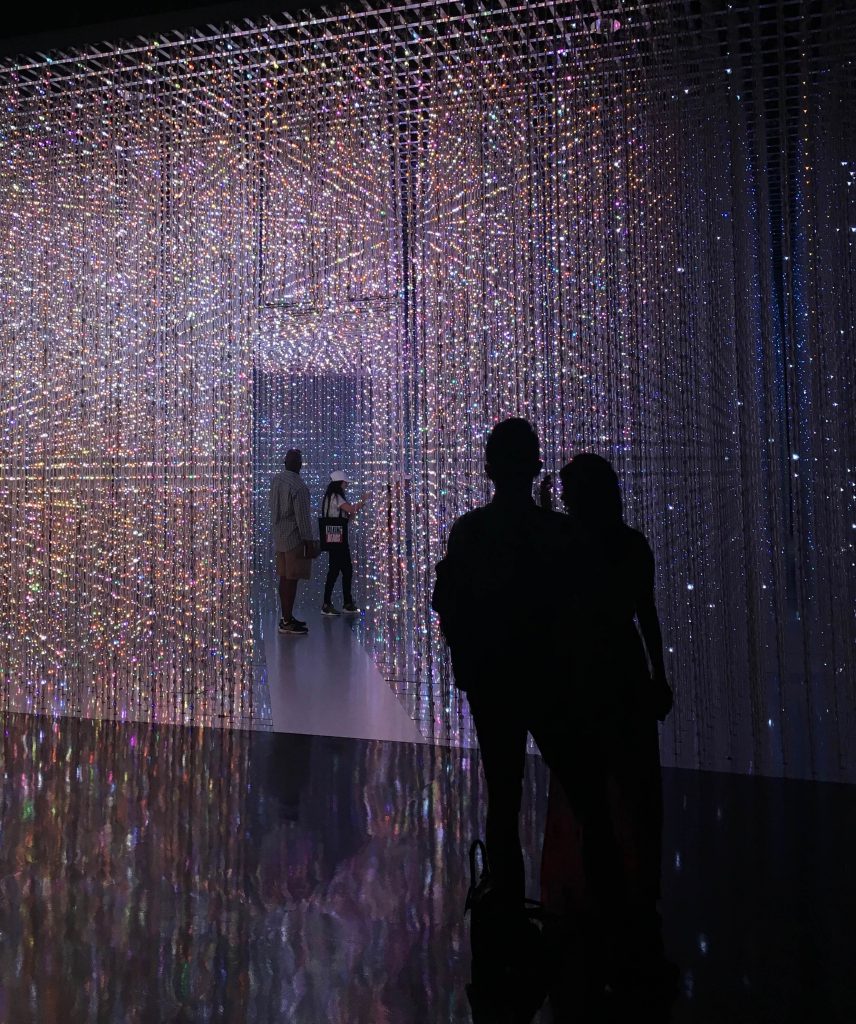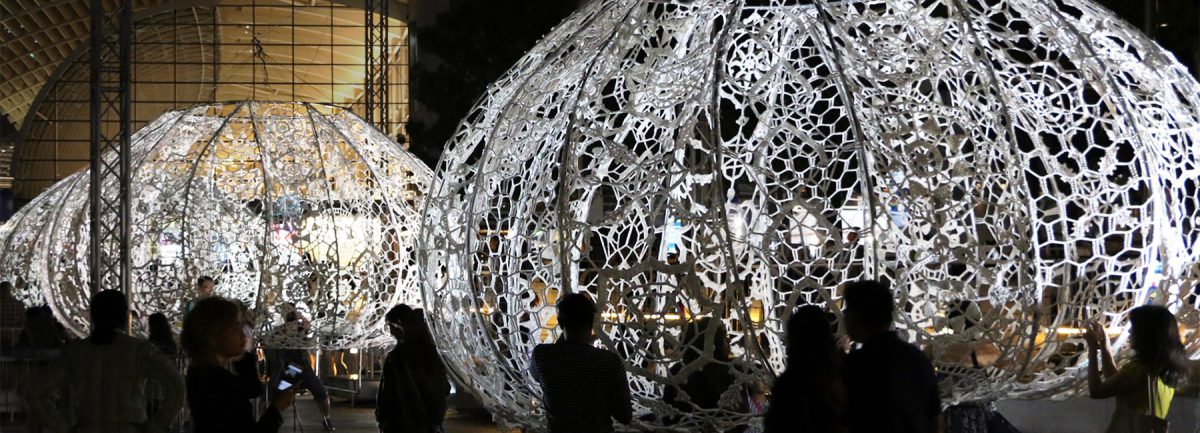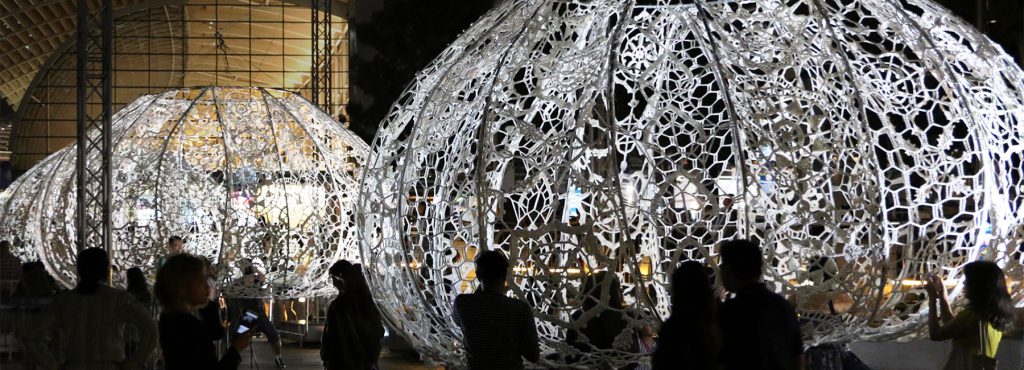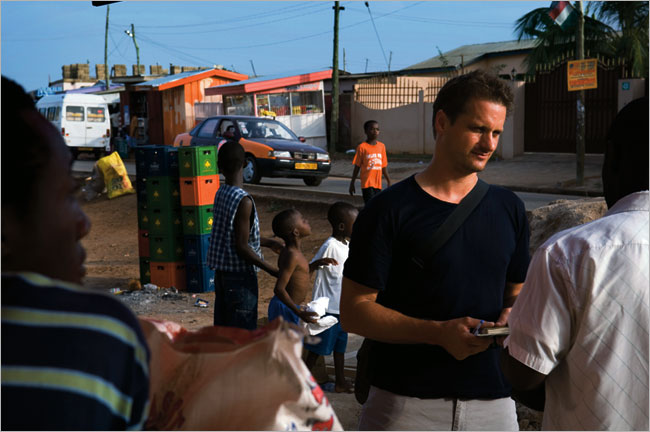Day 1:
I remember that when I first got my personal mobile phone I was 12. It was the rise of the Nokia phones and all of my friends had them except me. After months of bugging my dad gave in and bought me my first mobile phone, but he told me that the reason why he got it for me was for him to keep in contact with me after school ends. Both my parents were working so usually I would go back home by myself and he wanted to make sure that I was safe wherever I was.
As I grew up, the experience of having a phone changed. At first it was to contact my parents, but after it became a social norm for me where I would use it to chat with my friends and download games to play whenever I was travelling from a place to another. After many years of using the phone, it got stuck and my phone and I were inseparable.
Now, I use my phone to check instagram or my social media in the morning, and a thousand times after throughout the day. I do everything from playing games, to watching videos on my phone but the one thing that I don’t do as much on my phone is contacting people though phone calls or messages. Even though I do check my messages, I don’t check and reply often, unless it was for something important. Eventually, having and using a phone is more of a habit or an addiction rather than needing to contact a person.
I guess that is true for most people. As I sit in the train and observe the people around me, only 1 out of 5 people are texting or talking on the phone. The rest of them use their phone to watch movies, scroll on social media, read the news and play games. Wherever I go, be it in public transports, restaurants or in school, my observations were similar. I realised that nowadays people use their phones for entertainment more than using it to contact people, which is ironic because mobile phones were first invented as a means to contact people on the go.
Day 2:
To be honest, it was an extremely hard day for me. The day felt so long and at first I felt that there was just so little to do. Usually in the morning when I wake up I would run through in my mind about the things that I have to do, which was to check my messages and games on my phone and emails on my laptop. But today my mind was chaotic. I had a mental to-do list in my head and as I started to assess them, I realised that I needed to use my phone and laptop for most of them so I had to mentally strike them off the list and when I was done, the list was empty. Strangely, starting on my schoolwork was not part of the list and I realised that I was so distracted with being entertained by the internet that I had pushed back my work.
As the day went by, I started to be more motivated to finish up my school work (which thankfully did not require the internet) and I did many things that I usually do not do on a daily basis like cleaning up my room and reading a book that I had bought months ago (they were still wrapped in plastic). There were times in the day where I did not know what to do so I just sat on my bed and did nothing for a while. There were other times where I had forgotten that I was on an electronics ban and I thought that I had lost my phone so I was looking for it frantically. While I was waiting for my parents to knock off from work and my brothers to come home from school, time passed so slowly and honestly I felt quite lonely.
At night, I got to spend more time with my family after dinner and had a proper, long conversation with them.
Even though at the end of the day I felt that I had the most fulfilling day in the longest time, there were many times I felt empty and I was worried if there was anything important that I needed to know.



